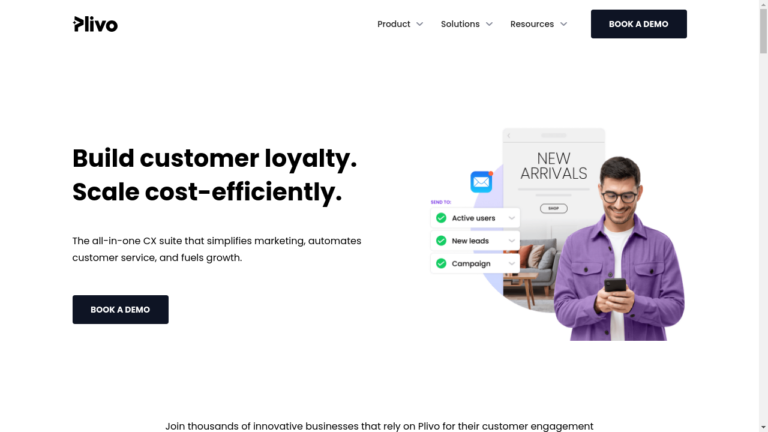Startup Name: PlivoCX Engage Tagline: Build customer loyalty. Scale cost-efficiently. Elevator Pitch: PlivoCX Engage is a new...
Customer Service
You can pitch your Startup, App or Hardware here The Pitch Startup Name * Helprace What problem are you...
Andrew Ward is the CEO of 3 Minute Angels Australia’s largest massage company and one of my...


